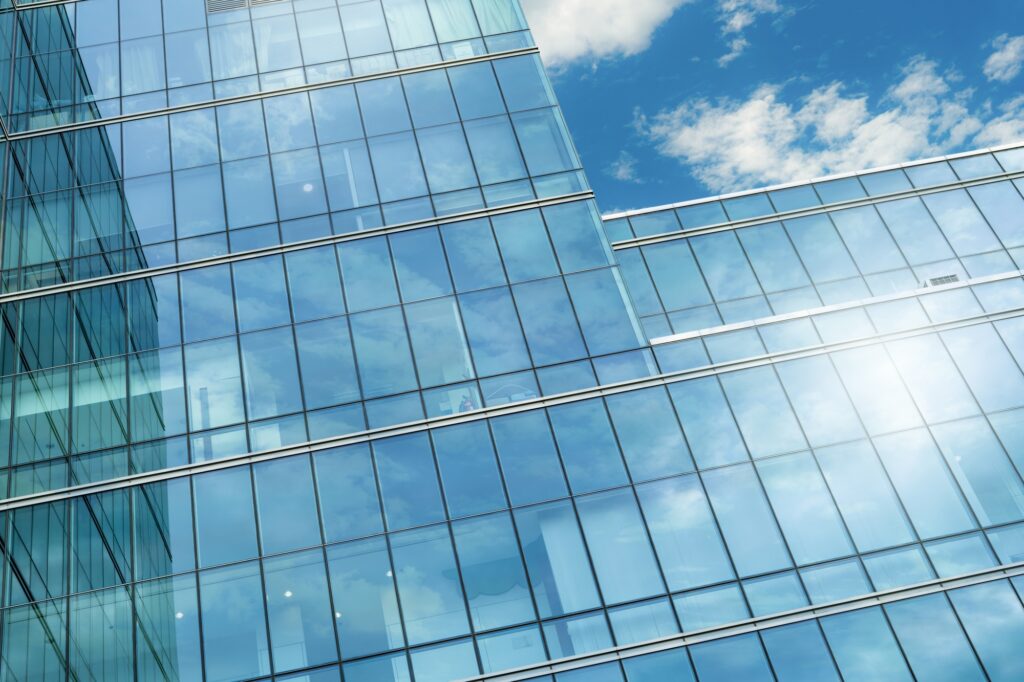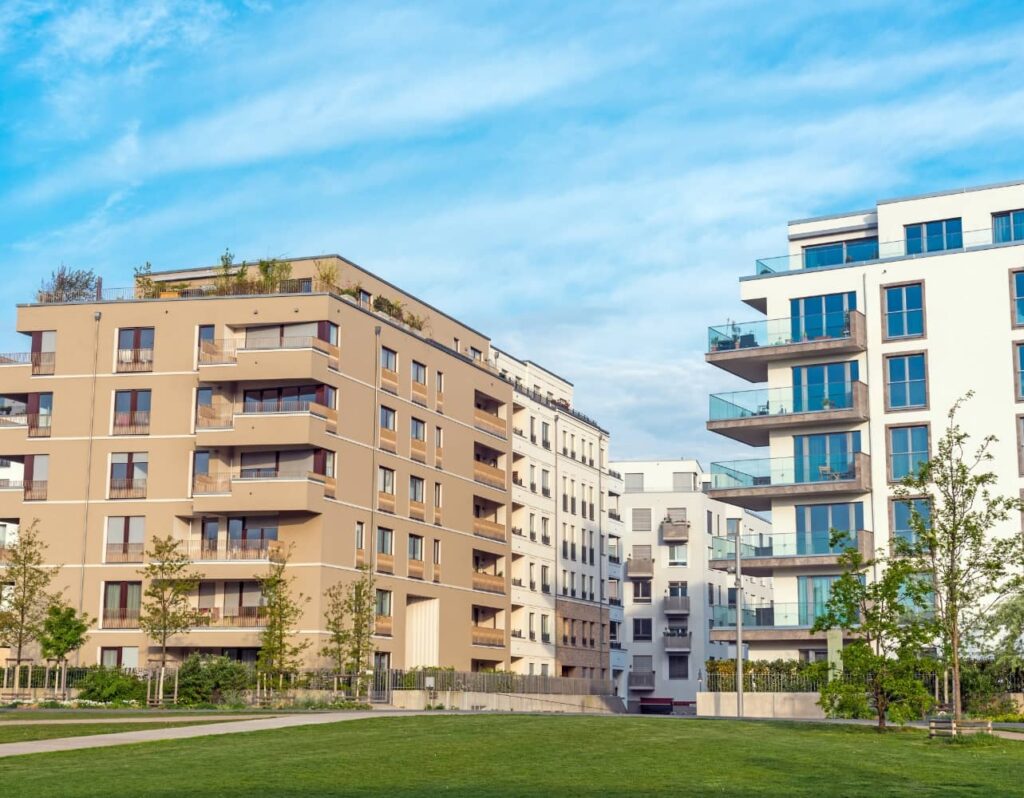With over 50 years of experience,
Face is the symbol of trust in the industry!
Insulated Glass
Insulated Glass
What is Insulated Glass?
Insulated glass (also known as double glazing or insulating glass unit) is a glass system produced by adding an insulating gap between two or more layers of glass, providing energy efficiency and sound insulation. The gap between the glass layers is usually filled with dry air or gases, and the edges are sealed with special materials to ensure insulation.
Structure of Insulated Glass
- Glass Layers:
-The unit consists of at least two glass layers. Depending on the requirements, low-emissivity (Low-E), tempered, laminated, or colored glass can be used. - Gap (Intermediate Space):
-The gap between the glass layers typically ranges from 6-20 mm.
-The gap is filled with gases such as air, argon, or krypton to enhance thermal and acoustic insulation performance (typically 90% argon is used).
- Edge Profiles and Sealing Materials:
-Aluminum or stainless steel edge profiles are used to stabilize the gap and control moisture.
-Sealing materials such as butyl, polysulfide, or silicone ensure that the glass unit is airtight and moisture-resistant.
You can download our latest catalog for detailed information about our machinery park and products.

Production Process of Insulated Glass
- Preparation of Glass:
-The glass to be used in production is cut to the desired size and the edges are polished.
-The glass surfaces are cleaned to remove dust, dirt, and oil, as this improves the sealing quality.
- Preparation of Edge Profile:
-Aluminum or stainless steel profiles are prepared to determine the distance between the glass layers.
-Desiccants (usually silica gel) are placed inside the profiles to prevent moisture buildup inside the glass unit.
- Assembling the Glass Layers:
-The first glass layer is placed on a flat surface, and the prepared edge profile is mounted on it.
-The second glass layer is then placed on top, and the units are joined together.
- Gas Filling (Optional):
Argon or krypton gas is filled into the gap to enhance the thermal insulation properties. - Sealing Application:
The first layer is sealed with butyl, while the second layer is sealed with polysulfide or silicone materials. These materials prevent contact between the glass unit and the external environment, ensuring longevity. - Final Inspections:
The insulated glass unit undergoes quality control tests, including sealing tests, moisture permeability tests, and visual quality checks.
- Architectural and Construction
Used in homes, workplaces, shopping centers, and skyscrapers to ensure energy efficiency. - Industrial Buildings
Preferred in factories, warehouses, and other industrial facilities to reduce energy costs. - Areas Requiring Sound Insulation
Used in places where noise reduction is important, such as airports, hospitals, and hotels. - Special Buildings
Preferred in museums, exhibition halls, and laboratories, where the transparency and protective properties of glass are crucial.
- Preparation of Glass:
Types of Insulated Glass
- Low-E Insulated Glass:
Controls heat loss and solar heat gain with a low-emissivity coating. - Solar Control Glass:
Reduces the effects of sunlight, keeping indoor spaces cooler. - Acoustic Insulated Glass:
Specially designed insulation glass for noise control. - Security Insulated Glass:
Made with tempered or laminated glass to provide both security and insulation.
Insulated glass is an indispensable solution for energy efficiency, comfort, and aesthetics in modern buildings. Thanks to advanced production technologies, it stands out as an environmentally friendly and durable building material. In Turkey, it is commonly referred to as “double glazing” or “Isıcam.” “Isıcam” is actually a trademark of Şişecam. For more information and orders, please contact us.


Trakya Glass and Aluminum Industry & Trade Inc.
Now in Silivri with Next-Generation Production Facilities! As of August 2024, we have relocated from our Selimpaşa factory to Silivri, taking a significant step to increase our production capacity and operate in a state-of-the-art manufacturing facility equipped with modern technologies. Continued…
